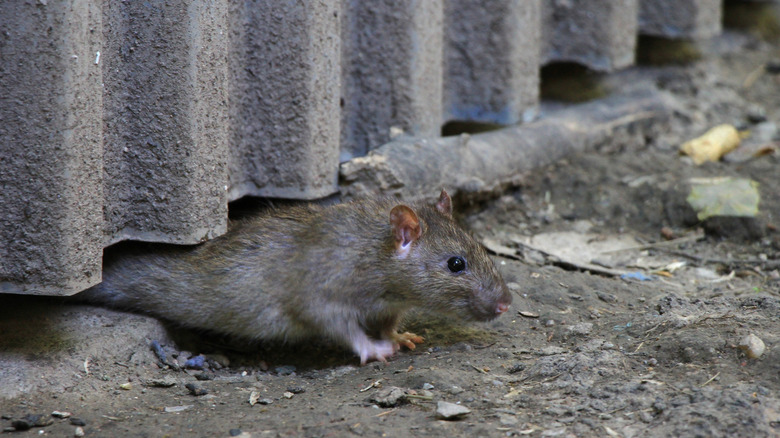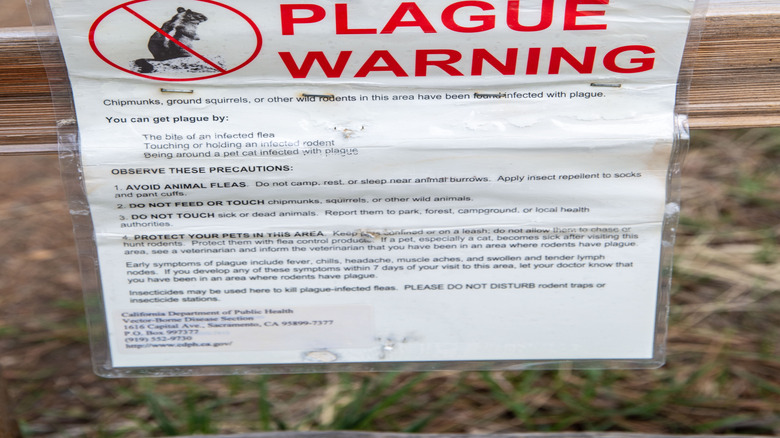These days, stories of wildfires, war, earthquakes, pandemics, political upheaval, superstorms, and climate change often dominate the news. The state of the world can feel grim, and if you find yourself with a lingering sense of anxiety you’re certainly not alone. Unfortunately, if you’re traveling to the southwestern US, you can add the bubonic plague to your long list of things to be concerned about. The Southwest is home to some of the best cities for dogs (and their owners), but if you’re camping in the backcountry, they could potentially catch and spread the plague.
That’s right — the ancient disease that struck fear in the hearts of Medieval peasants is back. Most of us think of the bubonic plague, sometimes called the Black Death, as only existing in history books. In reality, it never left. Each year there are confirmed cases in the US. Traveling with your beloved four-legged friend may increase your risk of contracting the disease, so you’ll want to take some precautions to ensure you have a successful camping trip with your dog.
Most people who catch the bubonic plague in the US contract it in rural parts of Colorado, New Mexico, and Arizona. Before freaking out, keep in mind that plague outbreaks are rare. Still, if you’re camping, hiking, and exploring with your pet this summer, it’s a good idea to make sure your pets are protected with effective flea medication.
The Black Death
During the Middle Ages, the plague wiped out millions of people throughout Europe. The disease spread to Europe on ships in the 1300’s. Following that, the plague killed somewhere between 30 to 50 percent of the entire population of Europe. People who caught the disease would quickly become covered in large swollen lymph nodes that would ooze with pus. Most people who came down with the plague would die within days. Many of the bodies were left with blackened tissue from gangrene, which is why it was called the Black Death. At the time, no one was quite sure how it spread, but they did know it was highly contagious.
Today, we understand that the bubonic plague is an infectious disease caused by a bacteria called Yersinia pestis. The bacteria is zoonotic, which means it can be passed between animals and humans. We now know that the disease is mostly spread by fleas that are carried on rodents like rats, mice, and squirrels. People can contract the illness when bitten by an infected flea, through bodily fluids, through contact, or through airborne particles.
If left untreated, the bubonic plague has a fatality rate between 30 to 100 percent. Thankfully, advancements in modern medicine have led to effective treatments. Antibiotics, which weren’t discovered until the 1920s, are able to treat and cure the plague in most cases. With early detection and proper treatment, most patients with the bubonic plague survive — but not all do. Taking preventive steps is still super important if you plan on camping with your dog in the southwestern US.




